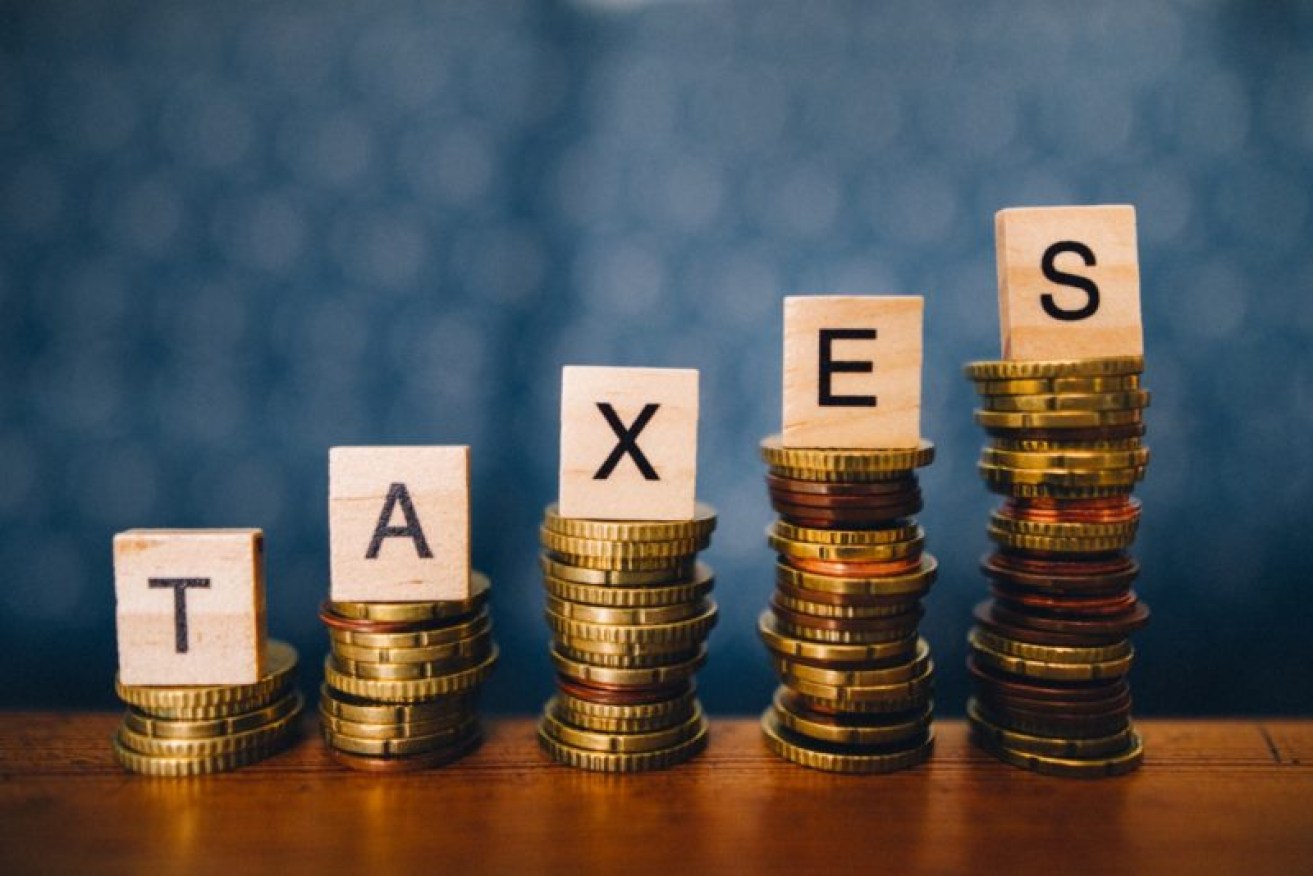Retail super funds pay far less tax than industry funds and return less to members


Industry funds pay more to members and the community. Photo: Getty
Australia’s industry super funds are paying the lion’s share of tax in the superannuation industry, despite being only the third largest asset class in the sector.
The industry fund sector paid $5.75 billion in tax in 2014-5, the latest figures available. That represents 47.4 per cent of the tax paid by the superannuation sector despite industry funds only making up 23.5 per cent of assets in the industry.
The retail fund sector paid $1.56 billion in tax on its $545 billion in investments. That represents 12.9 per cent of superannuation tax paid over the year on 26.4 per cent of industry assets.
The largest sector, self-managed super funds, paid $2.22 billion in tax on its $621.7 billion in assets, or 18.3 per cent of all tax paid in the sector.
Of all the major fund types only the industry funds and corporate funds pay a higher percentage of tax than their relative size in the sector.
The corporate sector paid 6.39 per cent of tax while it only had 2.6 per cent of the assets under management. Corporate funds under management are shrinking because corporations are increasingly farming out their super funds to industry and retail operators to look after.
The asset figures used in the chart relate to June 2016 so are slightly newer than the tax figures. However the relativities between fund types have changed very little in that period.

Source: Chant West
However, despite paying higher taxes, the industry funds have outperformed the retail funds over all periods over one year as this chart shows.
Matt Linden, public affairs director for Industry Super Australia, said that performance difference reflects the higher fees paid by members of retail funds compared to industry funds.
The public sector funds, which are also not-for-profit, along with the industry funds, pay a similar proportion of taxes as their assets make up. Public sector funds paid 14.8 per cent of tax on 16.02 per cent of the industry’s assets.
The SMSF sector had 30.12 per cent of the industry’s assets and paid 18.3 per cent of the taxes levied on super funds. SMSFs running costs depend on how their owners choose to manage them.
Some may use professional managers and funds and pay fees for that. While others may manage assets themselves, which reduces their costs.
Nathan Robertson, ISA communications co-ordinator, said the age makeup of different funds was a big influence on the level of tax they pay. “Retail funds have a higher percentage of members in pension phase which is tax free,” he said.
Retail and self-managed funds in retirement make refunds to their retired members over 60 who pay no tax relating to dividend imputation.That sees members who pay no tax being reimbursed on tax paid by companies in which their funds hold shares, Mr Robertson said.
While industry and public sector funds also pay imputation refunds to retired members, the nature of their investments mean those payouts are less. Industry and public funds make more long term investments in areas like infrastructure and private equity which don’t offer imputation credits in the same way as public companies.
They may have such benefits indirectly where they invest in Australian companies however.
*The New Daily is owned by industry super funds.








